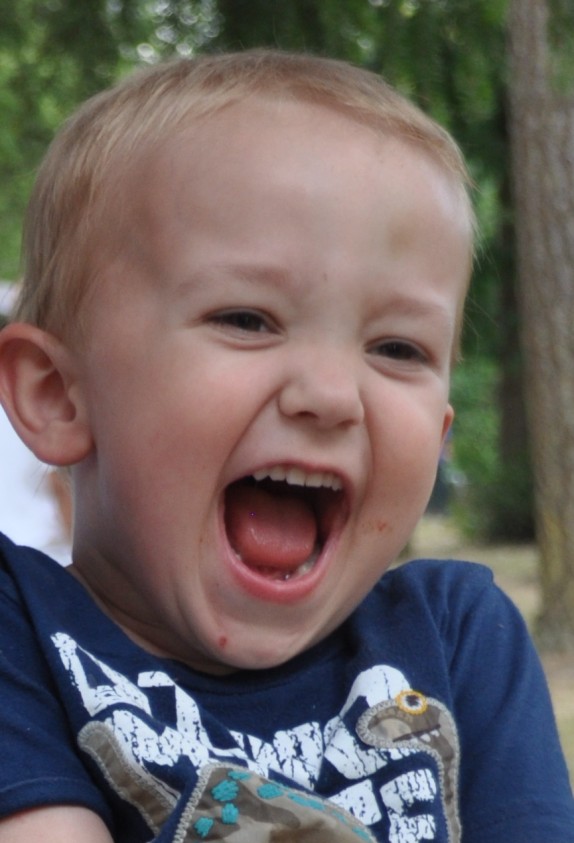I’m thrilled today to invite a dear friend, Trish Rohani, MA MFT to be my guest blogger.
Feelings are much like waves, we can’t stop them from coming but we can choose which one to surf. ~Jonatan Mårtensson
Want to give your child an edge in life? Would you like him to be able to achieve success in relationships, school, and work? According to John Gottman, Ph.D., “In the last decade or so, science has discovered a tremendous amount about the role emotions play in our lives. Researchers have found that even more than IQ, your emotional awareness and abilities to handle feelings will determine your success and happiness in all walks of life, including family relationships.”
Now that all sounds great but just how do we impart this emotional awareness and abilities you might ask. Let’s start with understanding that emotions are not right or wrong, they just are. Even anger, has gotten a bad rap. It is not the anger that is a problem, it’s how that anger is handled and expressed.
Research shows us that how parents relate to and interact with emotions has a great deal of effect on how children learn to maneuver through and regulate their emotions. It is important not only be in tune with one’s own emotions, but the emotions of others as well. An emotionally healthy person uses this knowledge to navigate relationships with others.
So how can we teach our children to develop and utilize that emotional awareness?
We can use a little acronym I made up. NAME. It stands for Notice, (become aware of, observe) name (identify, recognize) Articulate, (communicate, express,) Manage, (deal with, handle) Emotions. OK so maybe it’s not perfect, I know it has 2 n’s but it helps me!
Help your child notice and identify emotions by teaching emotion and feeling words.
Identify and name emotions, not only the emotions the child is having but help him to identify emotions in others. This will help your child develop empathy.
Help your child to express herself verbally. Children have all the emotions that adults do, yet they just don’t always know how to express them. This can lead to them acting out in inappropriate ways. Teach your child to communicate her emotions. Using I statements she can say, “When David yelled, I felt scared. When I walked into the dentist office, I felt nervous.”
Teach your child ways to handle these emotions. If he is anxious, he can learn to breathe deeply. Teach him to ask for help or take a deep breath and try again if he is frustrated or request a reassuring hug when feeling sad.
Use every opportunity to teach emotion identification and healthy ways of dealing with emotions. Use personal experiences, books, movies, etc. Recounting the happenings of the day or a family event can be a great opportunity to talk about emotions. “It seemed like you were mad…frustrated…scared… excited…happy…nervous when… I noticed this because, … your face got all red and scrunchy, your jaw seemed tight…your eyes lit up and you had a great big smile, your eyes got wide and … How did you feel when…? Make sure to leave time for your child to answer. That silence may feel awkward at first, but kids often need time to process and formulate their thoughts.
This all takes practice. Don’t worry if it seems awkward at first. You and your children will benefit from learning these skills. Stay tuned, a future post will cover practical ideas on how to teach these skills.
Trish Rohani is a marriage and family therapist in Oregon City, OR. She sees couples, families, and individuals, including children. Her special areas of interest include working with trauma, intercultural families, and right brained creative types.
Patriciarohani.com Facebook: Patricia Rohani MA MFT Twitter: @trishrohani
Photo of crying girl: Arwen Abendstern



Thanks Jan for the privilege to be a guest on your blog!
This is a perfect post for me to send to my own children who now have children of their own. I think I did a good job of teaching them about emotions, but I didn’t have a formal way to do that. This is a good method to learn from. Thanks!
Hi Jackie,
I agree! When my kids were young, we talked a lot about feelings but I know I wasn’t intentional about teaching them how to recognize their own emotions.
Trish did a great job.
Ah, this ties in so well with my blog, too. It’s always good to be reminded of how feelings, emotions, and words play into each other and what a difference they can make.
Lisa, I told Trish about your website. 🙂
Have a great weekend.
As someone who needs a quick reminder of what to do, NAME works well for me, especially in the moment when someone is screaming/having a tantrum. Along those lines, Trish, do you recommend waiting until a kid has settled down to have the discussions? Or is it best in the moment? I’ve noticed that with my two boys the “discussion” can tip them even farther over the edge when they are angry. Looking forward to your next post!
Liz, thanks for the great question! If they are that emotionally aroused it may be best to wait until they are more settled to have a conversation with them. When we get in an highly emotional state it is almost like the rational part of our brains turns off. ( as a side note there is a great Daniel Siegel video you can access from my FB page that will help explain some of this)
The thinking is that we will be working with our kiddos when the emotions are in smaller doses (or after the fact) to help them become aware of how they are feeling and what the warning signs are that their emotions are spinning out of control. When they can learn to recognize and name the underlying emotions, they may be able to calm themselves before they escalate to the point you are talking about. More later!
Thanks, Trish, for the reply. I will check out the video, too.
[…] debacle between my seven-year-old son and I last night, you wouldn’t think I’d read this post on Emotional Intelligence at the Imperfect Mom blog. But I did read it, and I did find it useful. […]